Pearls belong to organic gems; pearls can be classified in many ways; according to the environment can be divided into freshwater pearls and seawater pearls; according to the composition of pearls can be divided into natural pearls and cultured pearls.If you want to customize pearl jewelry, you need to do this:
1. Choose pearls.
There are many varieties of pearls; there are good and evil on the market, so you must first understand some basic knowledge about pearls when you choose your favorite pearls to prevent yourself from suffering losses; of course, you can also contact us to help you buy them.
2. Select accessories
If you only need to make a piece of jewelry composed entirely of pearls, then after you choose the pearls, you only need to select the pearl buttons and the string of pearls. If you want to make pearl and other precious metal combination jewelry, you need to choose the precious metal you like; the most used at present is 18K gold; customers are also using 14K gold and silver. K gold is available as an accessory in yellow, white, and rose gold.
3. Determine the setting of the pearl
If we want to make a single pearl pendant, pearl ring, or other jewelry that needs pearls to be set, we need to choose the setting method of pearls because different setting methods represent different prices; there are six most used pearl setting methods: half pinhole inlay、prong inlay、through inlay、bezel inlay、ball cage、 wind the wire.
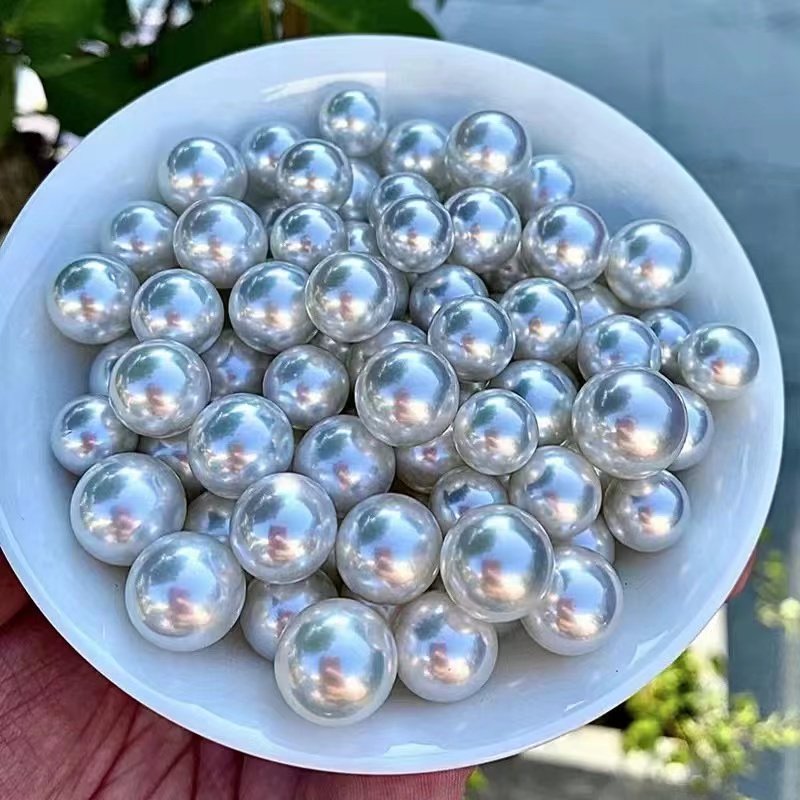
Akoya pearl is a kind of seawater pearl that many people love because of its good luster. Its mother shell is the Marsiella, which lives mainly in coastal areas of Japan and China. Akoya pearls are relatively small, with main sizes ranging from 3 mm to 10 mm. The primary colors are white, blue-gray, and gold.
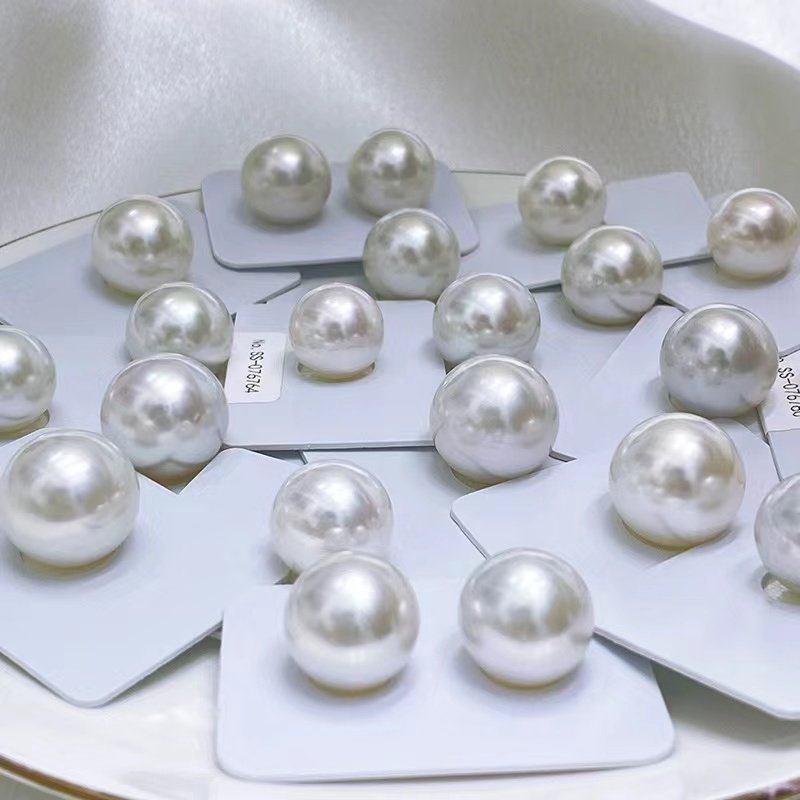
The mother shell of the South Ocean white pearl is the white butterfly shell, distributed northwest of Australia, Indonesia, the Philippines, and other waters. The advantages of South Sea white pearls are thick bead layer, delicate and soft pearls, and large size.
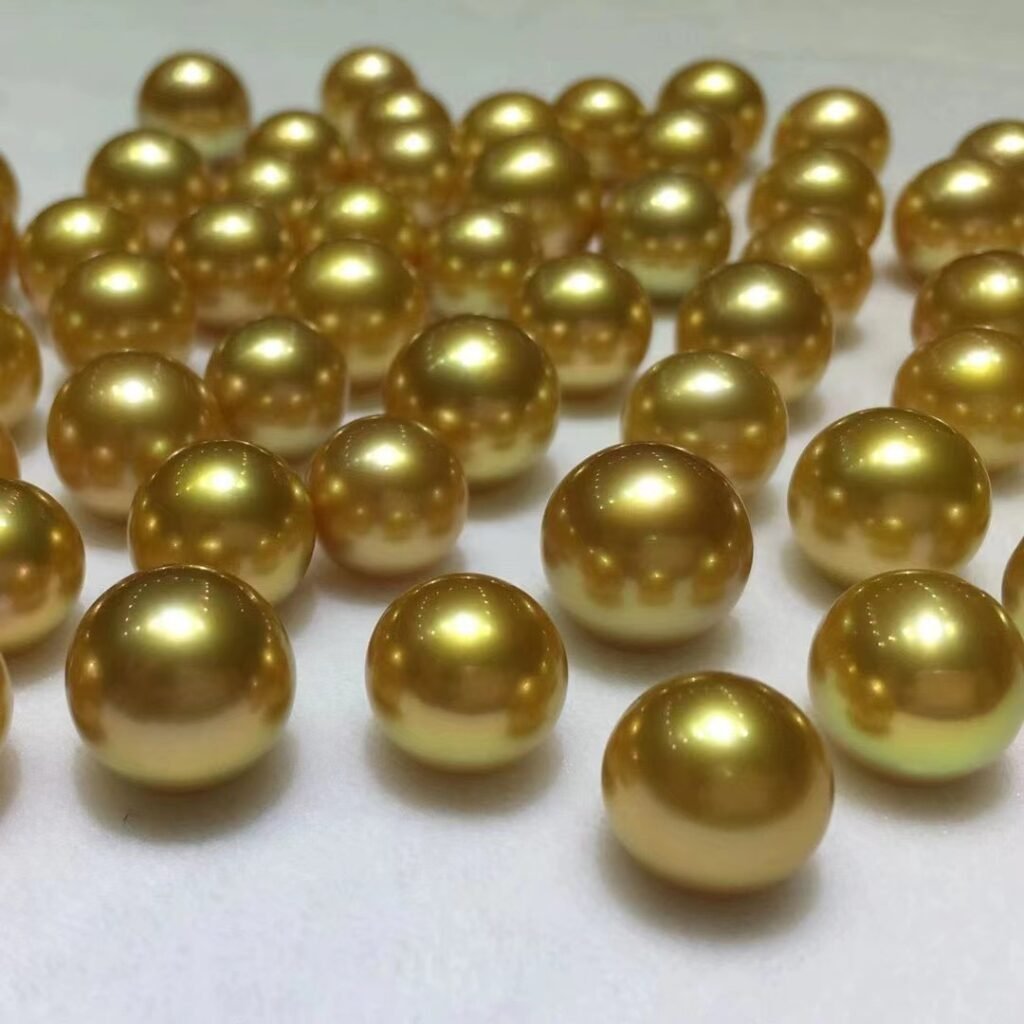
South Ocean gold pearls are mainly distributed in Indonesia, Australia, and the Philippines. The size of the South Ocean gold pearls is enormous; the color is champagne, strong gold.
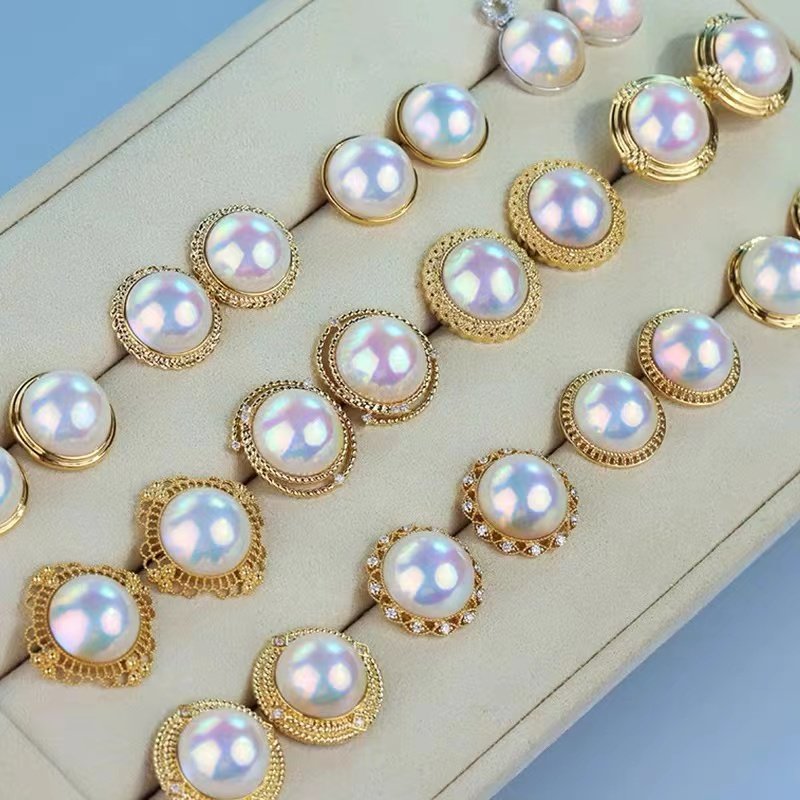
Mabel pearls are mainly produced in Japan and are hemispherical pearls. Mabel pearls have the characteristics of good luster, rich luster, and large size. The mother of the Mabel pearls is the penguin shell, which is large in size, and the inserted bead core is also significant. Hence, the size of the Mabel pearls is generally 10mm-20mm.
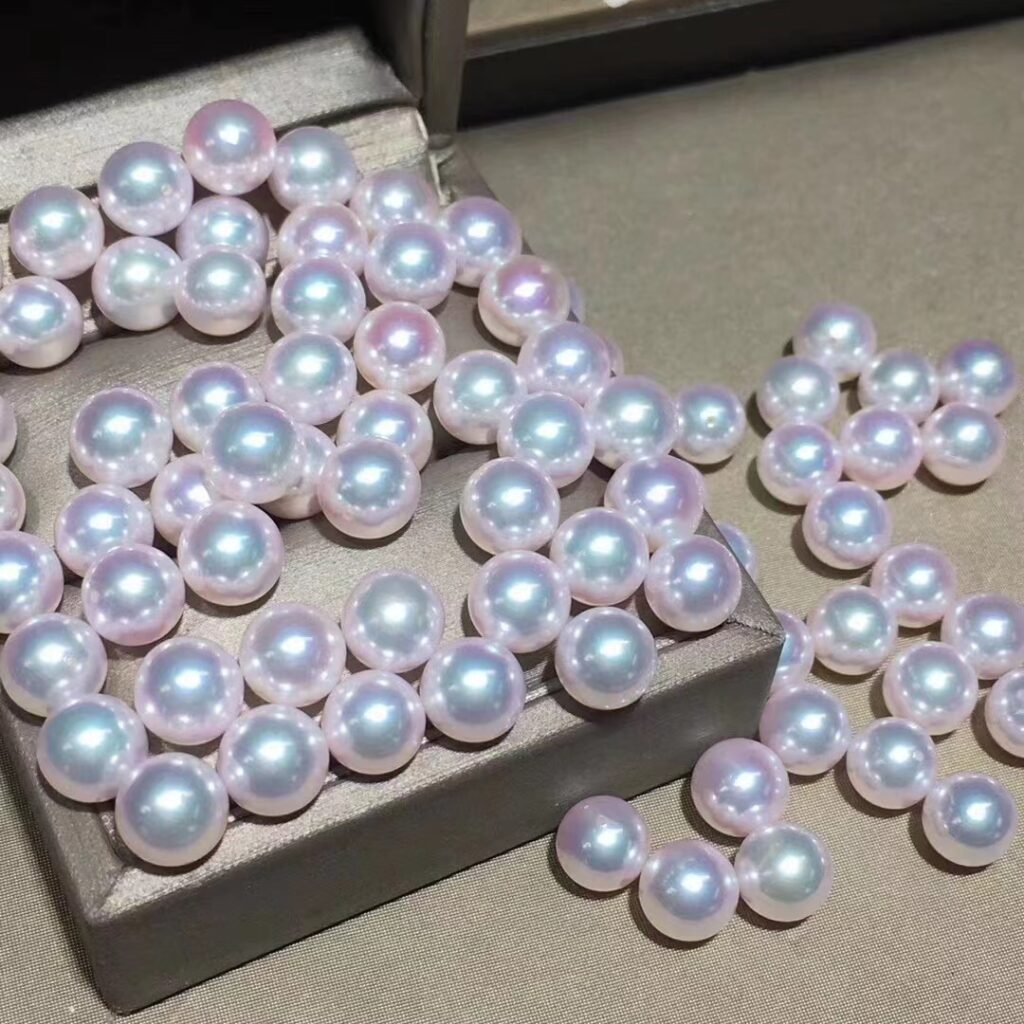
The mother of the freshwater pearls is the hydra cumingii. This pearl-producing pearl mussel lives mainly in lakes and rivers in China. Cumingia can produce 20-30 pearls at a time because of its high yield so that the quality could be better, and the price is low.
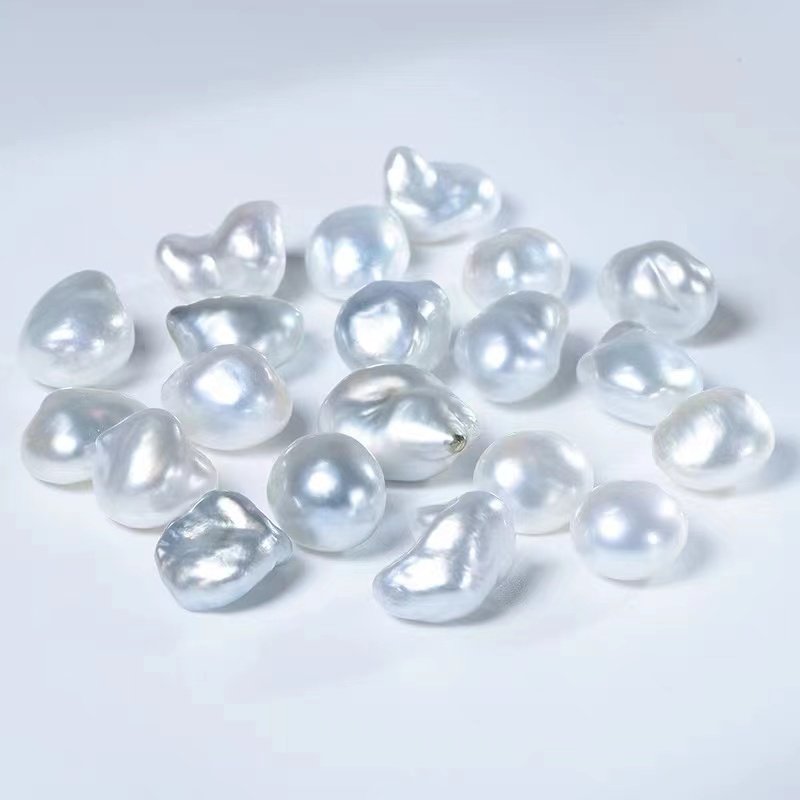
Keshi pearls are non-nucleated sea pearls formed by chance during breeding because the mother shell removes the nucleate from the shell. Keshi pearls are generally tiny and strange in shape, often bringing enjoyable design inspiration to jewelry designers.
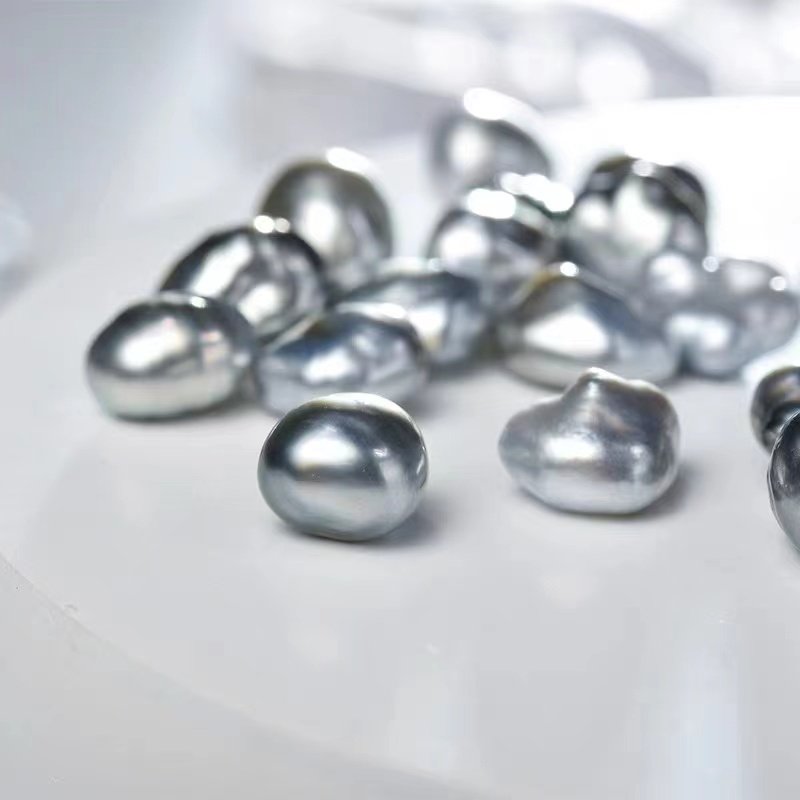
Cortez pearls are a rare variety that grows in red-lipped shellfish off the coast of Cortez, Mexico. Only about 4,000 are produced in Mexico each year. Cortez pearls are similar to Tahiti pearls in that they are both classified as black pearls, with the difference being that Cortez pearls have a more intense color.
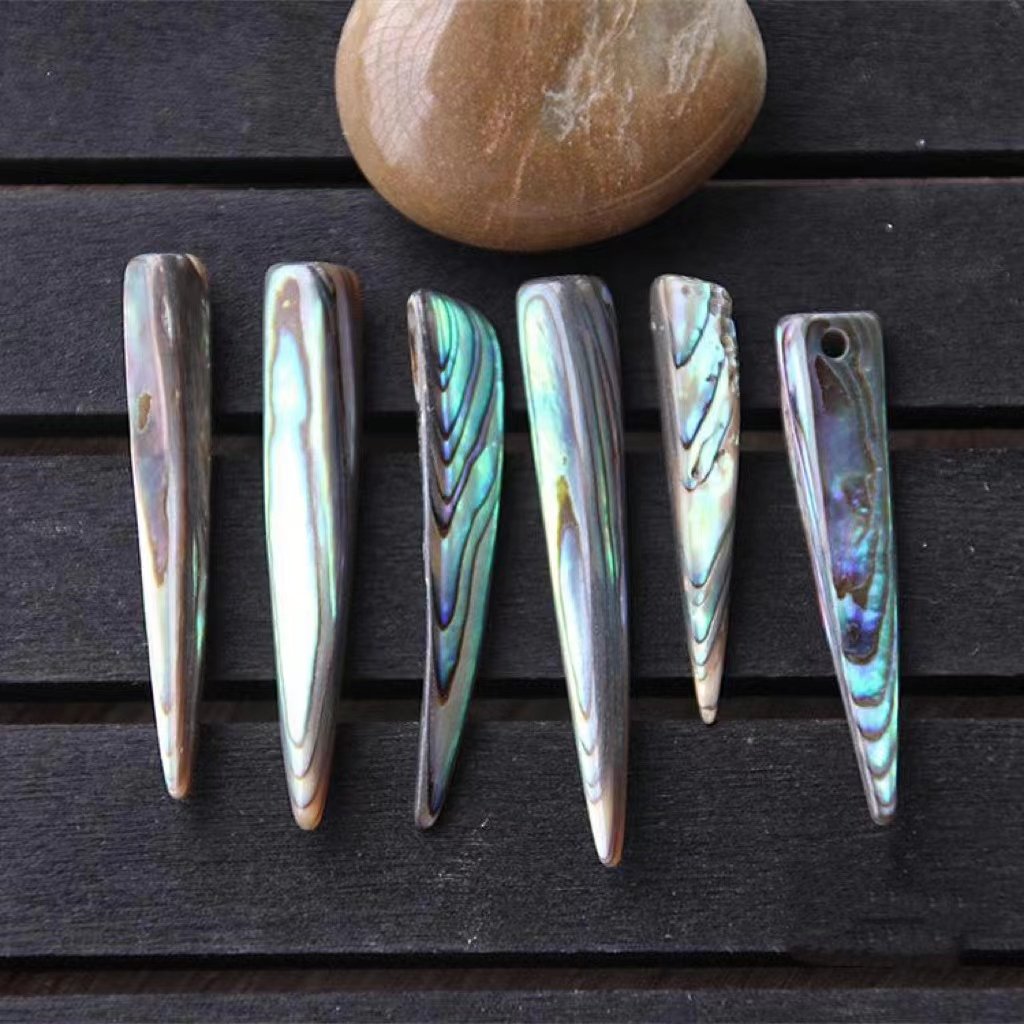
Abalone pearls are mainly produced in New Zealand and California. Most abalone pearls are shaped and brightly colored. It is estimated that 100,000 abalones must be harvested to find a single jewel-quality abalone pearl, which is rare and precious.
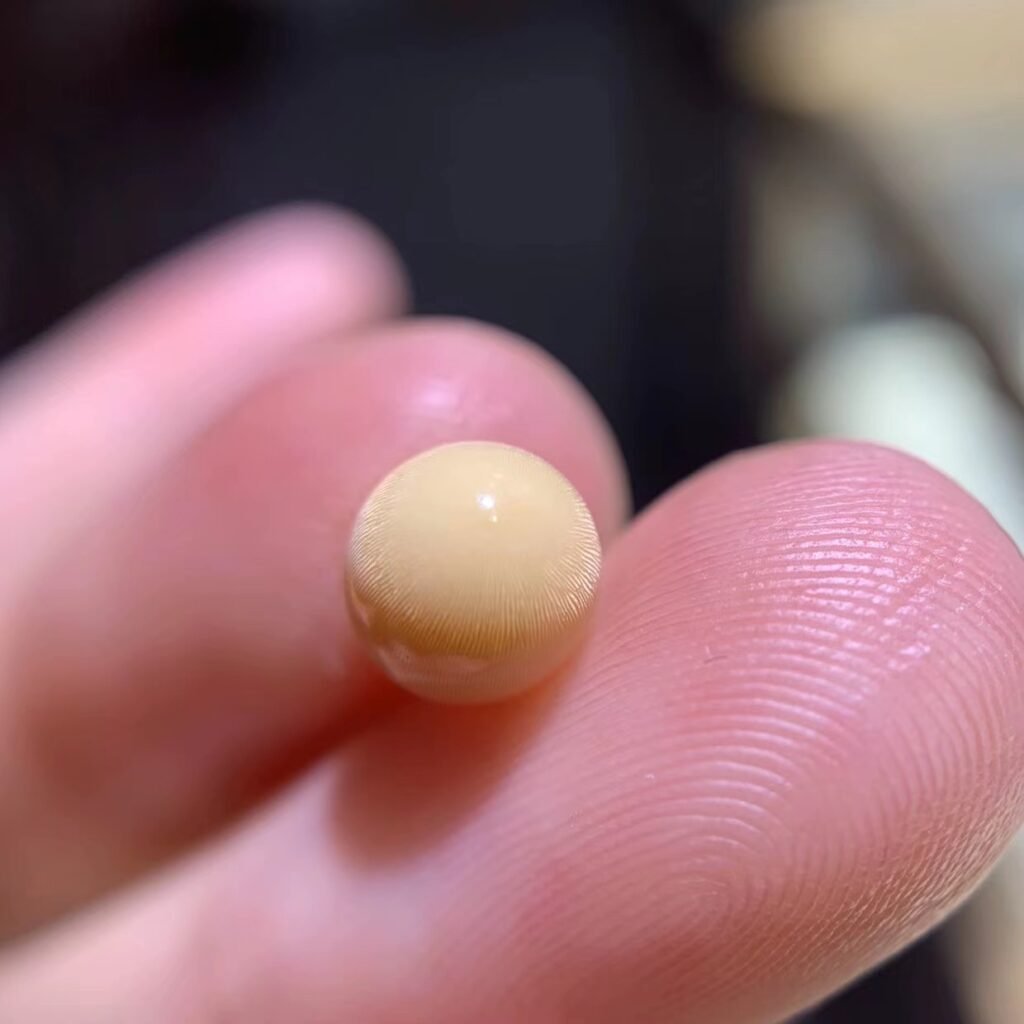
Melo pearl, also known as “dragon beads” or “flame beads,” are relatively round and can not be cultured from the conch body.
The color is orange, orange, yellow, yellowish brown to nearly white, with a ceramic crystal bright appearance.
The round value is usually higher in the flame pattern structure, shaped from irregular, oval to egg-shaped.
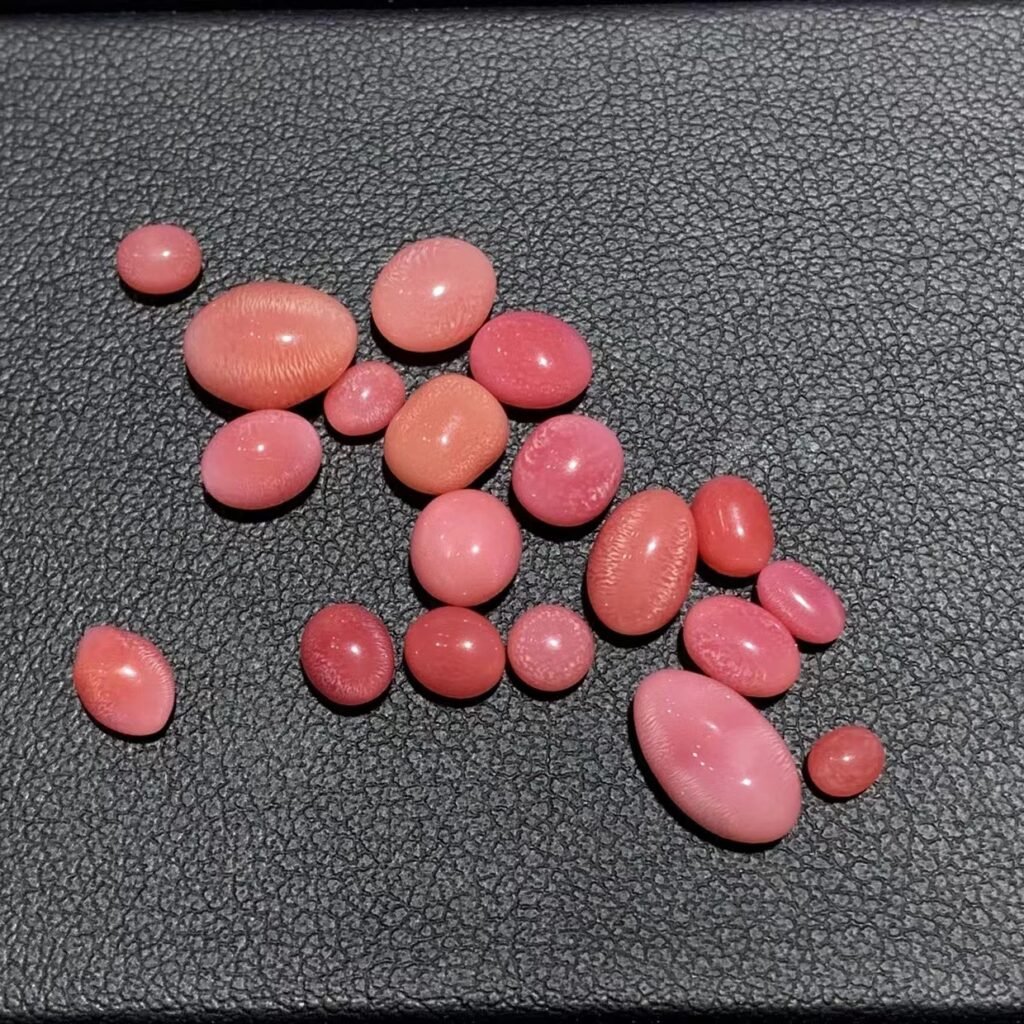
Conch pearl is a large pink conch found in the Caribbean Sea and is well known. Beads are usually pink but also white or brown. They have distinctive flame-like surface marks and are symmetrical on both sides, generally oval. It cannot be cultured artificially and belongs to natural pearls.
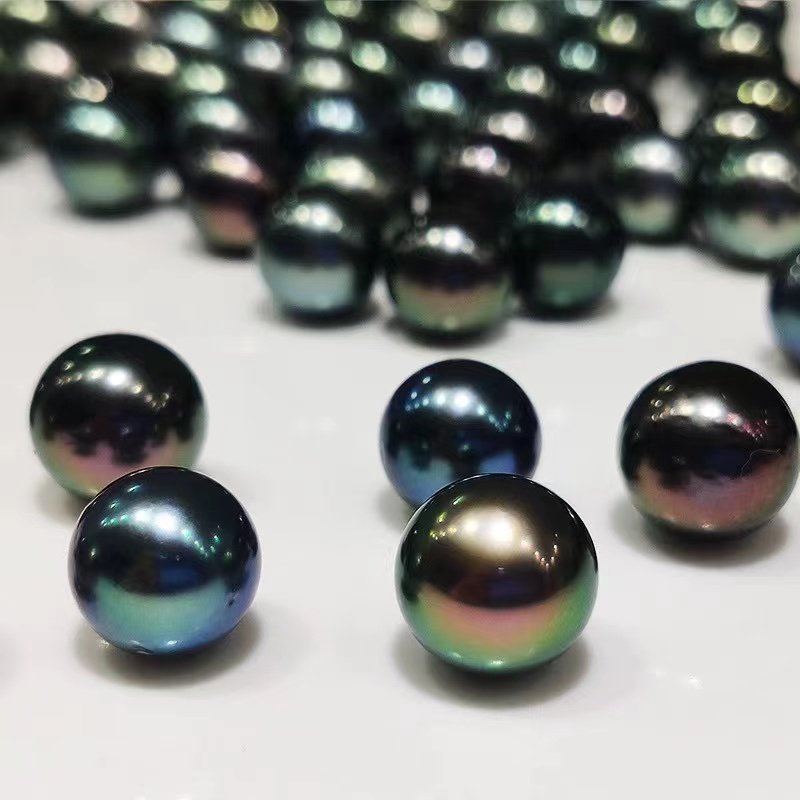
Tahiti Black pearl has the reputation of queen pearl, which belongs to cultured seawater nucleated pearl. Culturing Tahiti black pearls is complex, the process of breeding pearls is long and prone to death, and the impact of weather, water quality, and other factors makes the finished product very rare.
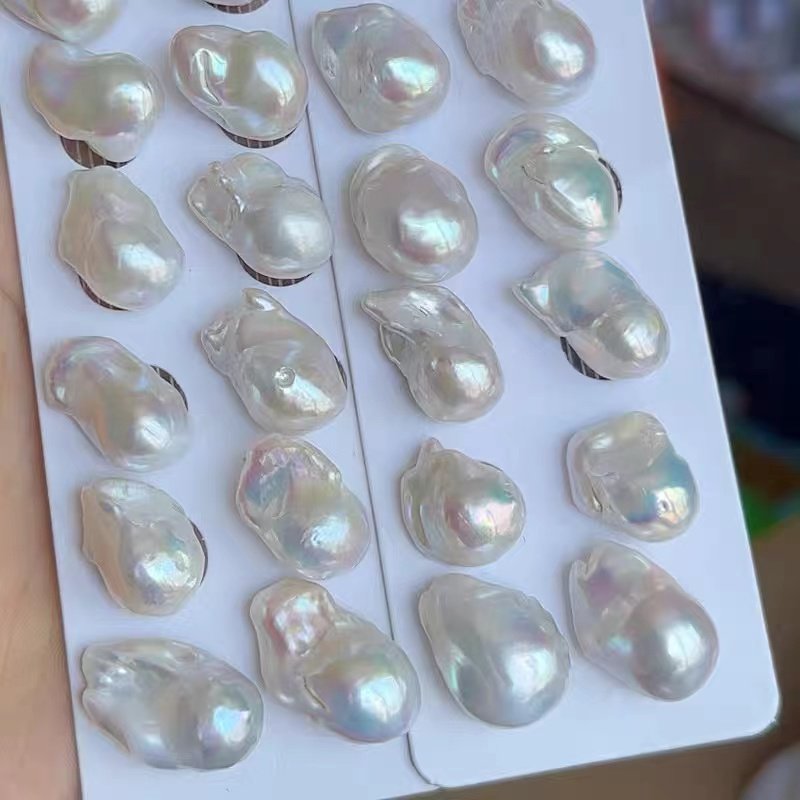
Baroque pearls refer to all non-round pearls, do not refer to the origin, do not refer to the core or no core, and do not include freshwater pearls and seawater pearls. Baroque, as the name suggests, free shape, the pursuit of dynamic, rich colors, only gorgeous expression techniques, and color contrast prominent collocation stone can highlight the authenticity of Baroque, so design and innovation in the production of Baroque pearl jewelry has a decisive role.
We will contact you within 1 working day, please pay attention to the email with the chris@alimajewelry.com